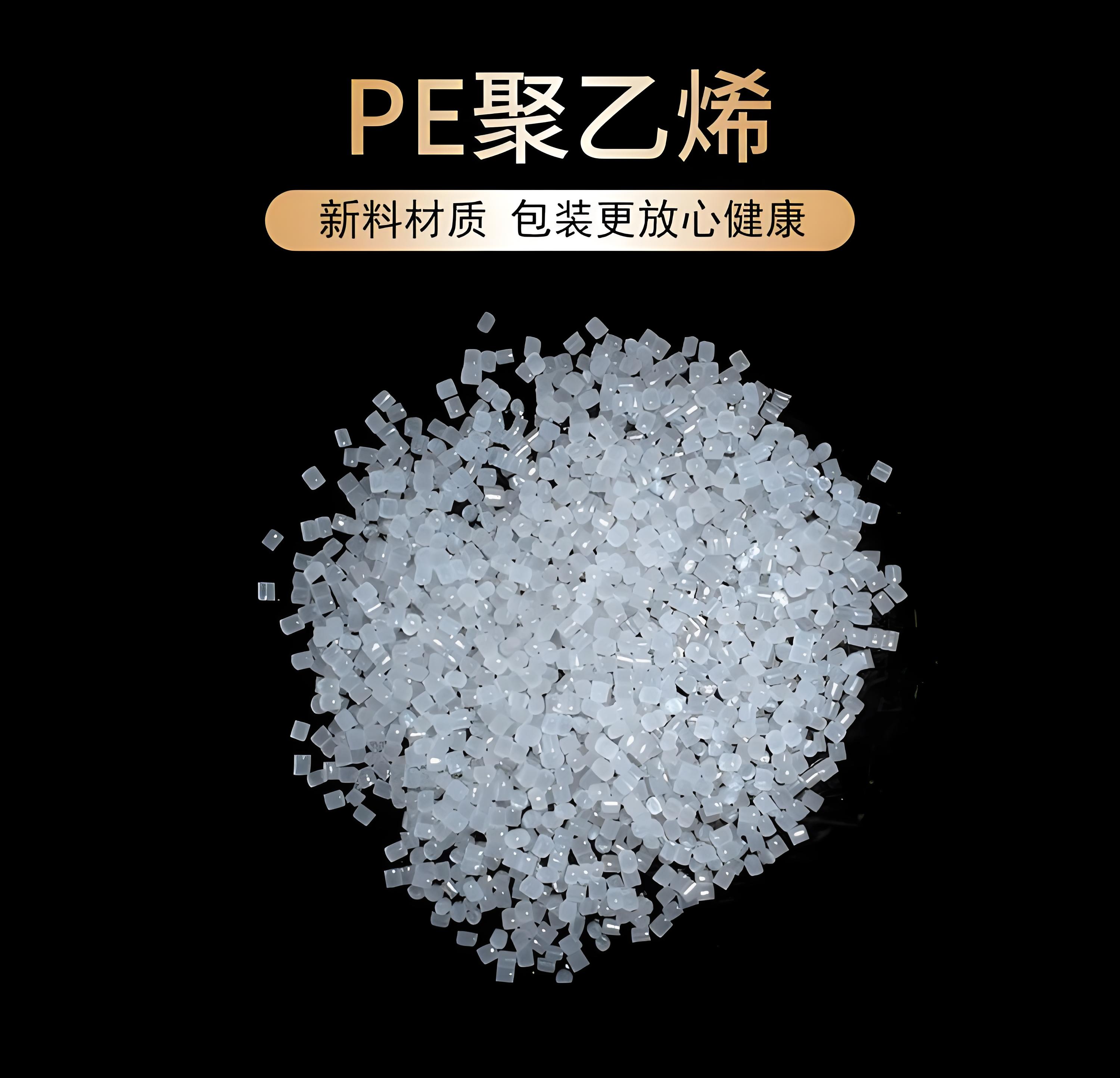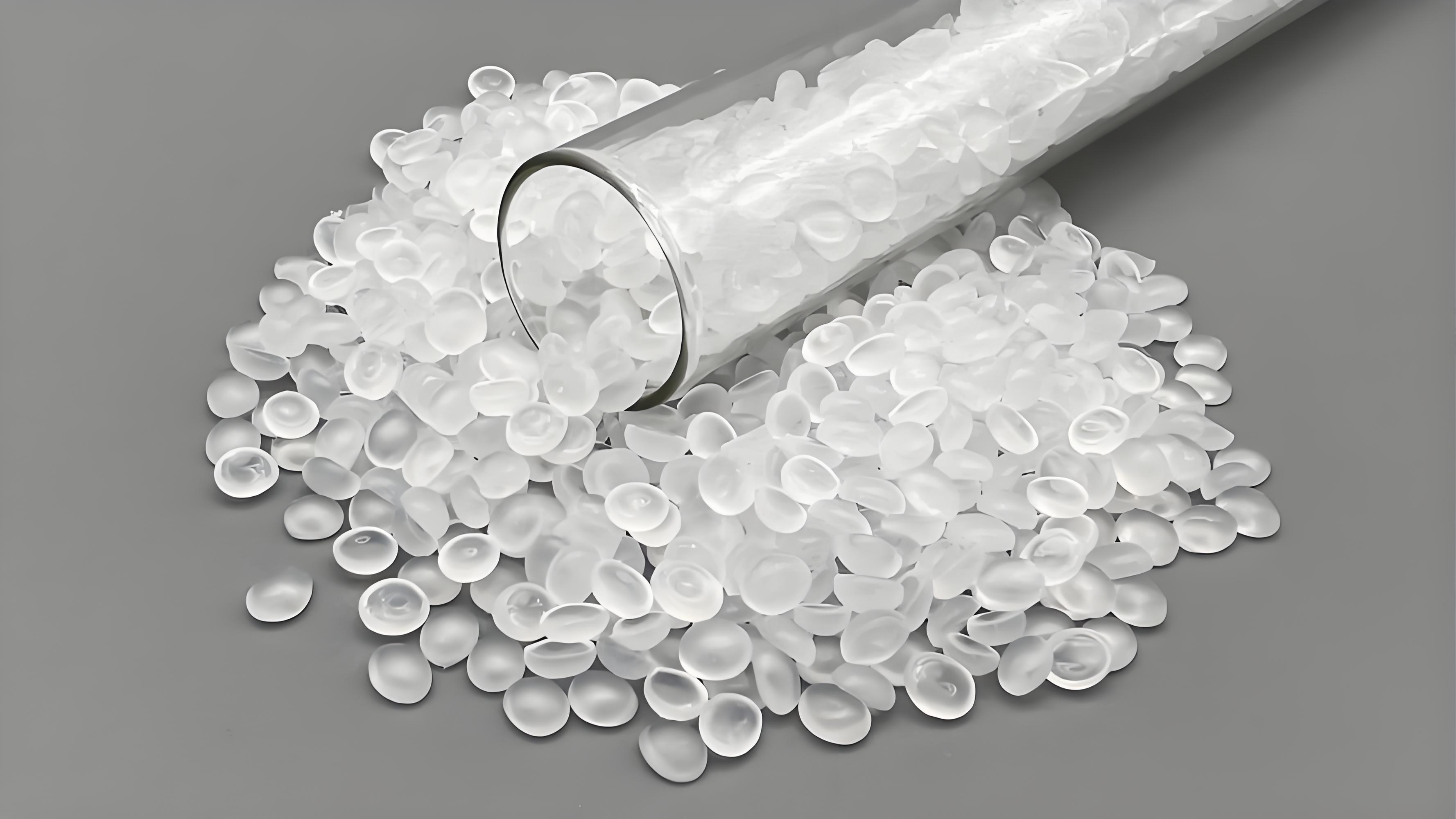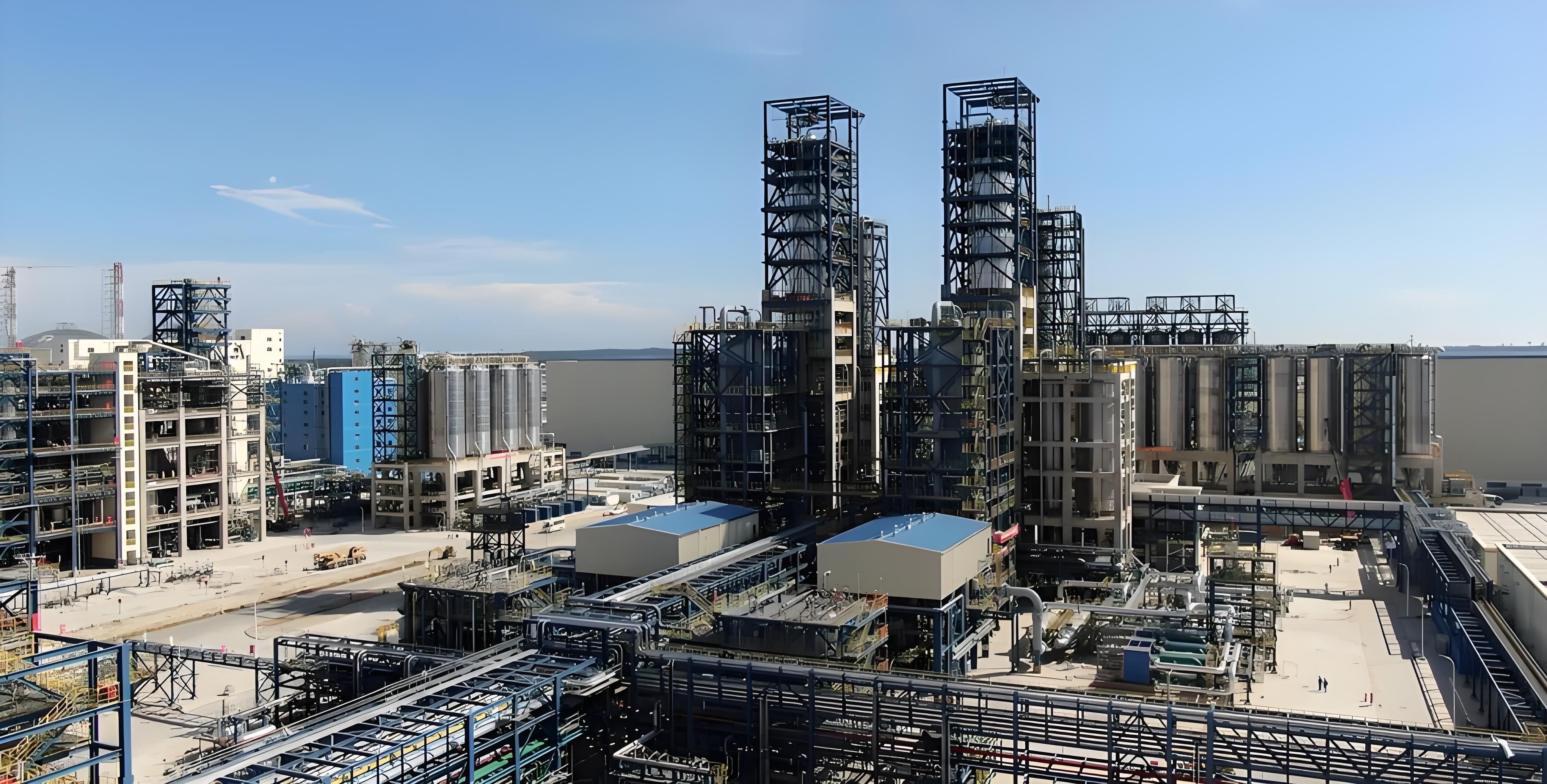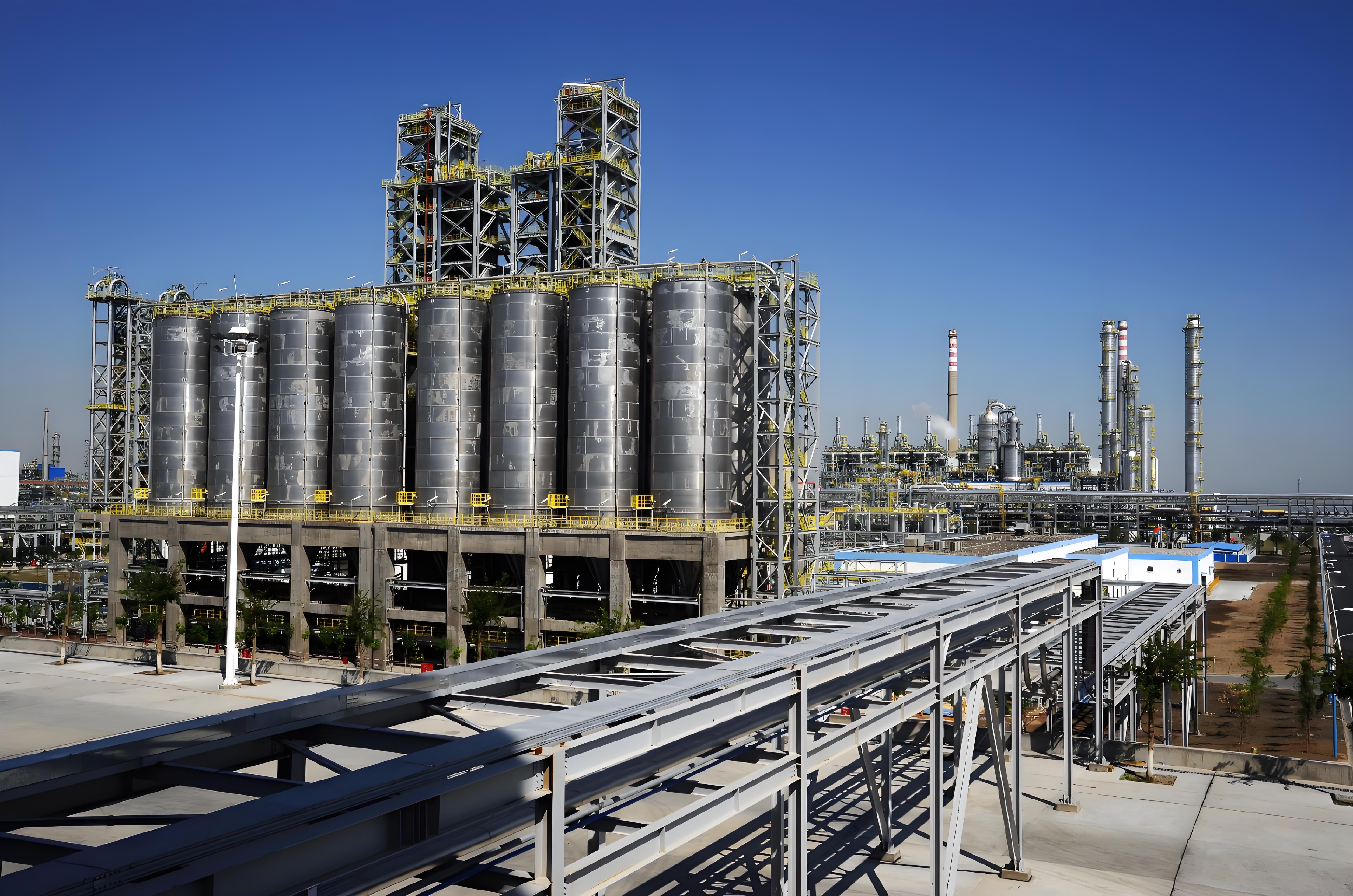Polyethylene PE pneumatic conveying
On site photos of polyethylene PE, Dongkai Company provides feasibility analysis, process design, engineering equipment, commissioning, and installation turnkey engineering services for polyethylene PE material pneumatic conveying systems based on actual usage conditions on site
Polyethylene (PE) is a thermoplastic resin produced by the polymerization of ethylene monomers. In industry, it also includes copolymers of ethylene with small amounts of alpha olefins. Polyethylene is odorless, non-toxic, feels like wax, and has excellent low-temperature resistance (with a minimum operating temperature of -100~-70 ° C). Good chemical stability, as the polymer molecules are connected by carbon carbon single bonds, and can withstand most acid-base attacks (not resistant to acids with oxidative properties). Insoluble in general solvents at room temperature, with low water absorption and excellent electrical insulation.
According to the density difference, it is mainly divided into:
Low density polyethylene (LDPE) - as soft as cling film
High density polyethylene (HDPE) - as hard as a milk bottle
Linear Low Density Polyethylene (LLDPE) - Combining toughness and strength
General characteristics:
Polyethylene resin is a non-toxic, odorless white powder or particle with a milky white appearance and a waxy feel. It has a low water absorption rate of less than 0.01%.
Chemical characteristics:
Polyethylene has good chemical stability and can withstand dilute nitric acid, dilute sulfuric acid, and any concentration of hydrochloric acid, hydrofluoric acid, phosphoric acid, formic acid, ammonia water, amines, hydrogen peroxide, sodium hydroxide, potassium hydroxide and other solutions at room temperature. But it is not resistant to the corrosion of strong oxidizing acids, such as fuming sulfuric acid, concentrated nitric acid, a mixture of chromic acid and sulfuric acid, which will slowly corrode polyethylene at room temperature. At 90-100 ℃, concentrated sulfuric acid and concentrated nitric acid will rapidly corrode polyethylene, causing it to break down or decompose. Polyethylene is prone to photo oxidation, thermal oxidation, and ozone decomposition, and is easily degraded under ultraviolet radiation. Carbon black has excellent light shielding effect on polyethylene. After being exposed to radiation, reactions such as cross-linking, chain breakage, and formation of unsaturated groups can also occur.
Mechanical properties:
Polyethylene has average mechanical properties, low tensile strength, poor creep resistance, and good impact resistance. Impact strength LDPE>LLDPE>HDPE, other mechanical properties LDPE<LLDPE<HDPE. Mainly affected by density, crystallinity, and relative molecular weight, its mechanical properties increase with the improvement of these indicators.



